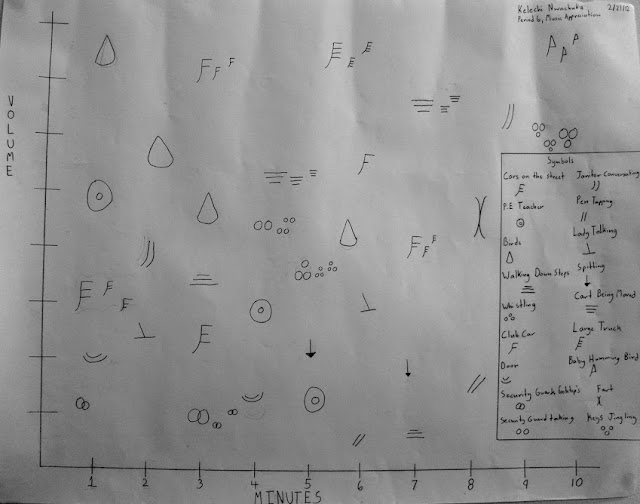 Letting a baby listen to classical music can relax and turn him or her into a classical music fan later in life, but it won't make the baby smarter. Researchers at Appalachian State University believe that they have found the Mozart effect (a temporary increase in intelligence experienced after listening to a piano sonata written by the famed composer).
Letting a baby listen to classical music can relax and turn him or her into a classical music fan later in life, but it won't make the baby smarter. Researchers at Appalachian State University believe that they have found the Mozart effect (a temporary increase in intelligence experienced after listening to a piano sonata written by the famed composer).
The Mozart effect was first reported in 1993 by scientists at the University of California at Irvine, and replicated by the same group in 1995. The study found that college students who listened to a Mozart sonata for a few minutes before taking a test that measured spatial relationship skills did better than students who took the test after listening to another musician or no music at all.
The effect in the students was temporary, only lasting about 15 minutes and has always been controversial. But the media and politicians jumped on the Mozart effect, claiming that listening to the music offered numerous benefits and could ease physical and mental health problems.
The idea that babies would be smarter if they listened to classical music came from this ordeal. One year, the governor of Georgia authorized that a classic music CD, which contained the sonata and other pieces, be given to all new babies when they left the hospital.
In spite of this hype, there was not enough evidence that listening to classical music made people smarter. The lead researcher in the original U.C. Irvine study himself said in a Forbes article that the idea that classical music could heal health problems and make babies smarter did not have enough evidence, though he believes that listening to a Mozart sonata can prime the brain to tackle mathematical tasks.
In spite of this hype, there was not enough evidence that listening to classical music made people smarter. The lead researcher in the original U.C. Irvine study himself said in a Forbes article that the idea that classical music could heal health problems and make babies smarter did not have enough evidence, though he believes that listening to a Mozart sonata can prime the brain to tackle mathematical tasks.
When the researchers at Appalachian State University tried to duplicate the original "Mozart effect", they found out that the presence of classical music did not affect student’s performance on exams.
Source: http://www.babycenter.com/0_the-mozart-effect-classical-music-and-your-babys-brain_9308.bc



